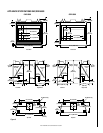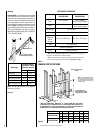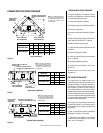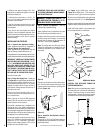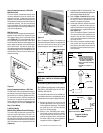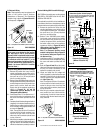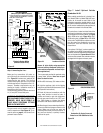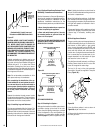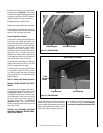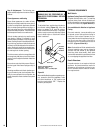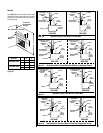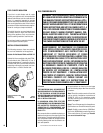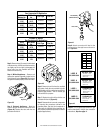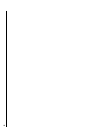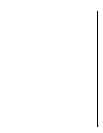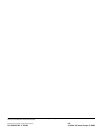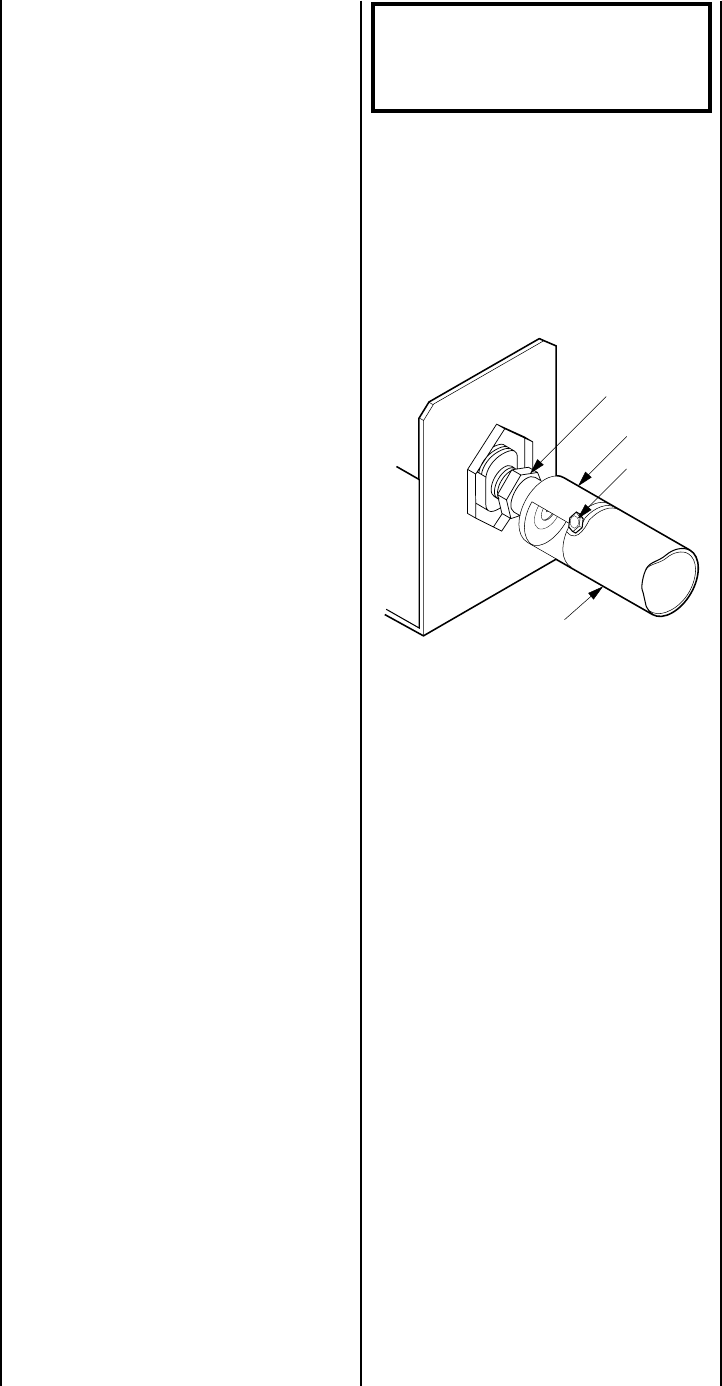
14
NOTE: DIAGRAMS & ILLUSTRATIONS NOT TO SCALE.
FINISHING REQUIREMENTS
Wall Details
Note: Combustible wall finish materials and/or
surround materials must not be allowed to
encroach the area defined by the appliance
front face (black sheet metal). Never allow
combustible materials to be positioned in front
of or overlapping the appliance front face.
Surround Materials Relative to Appliance
Facing-
Surround materials (noncombustible) can
be placed around the appliance facing to
provide a flush surface between the sur-
round materials and the appliance front fac-
ing. Do not cover the louvers of the GHC or
the bottom control compartment access on
the GRD.
(Figures 36 and 38 ).
Hearth Extensions
A hearth extension is not required with this
appliance. Any hearth extension used is for
appearance only and does not have to con-
form to standard hearth extension installa-
tion requirements.
Appliance Facing Flush with Finished Wall -
Complete finished interior wall. To install the
appliance facing flush with the finished wall,
position framework to accommodate the thick-
ness of the finished wall (
Figure 35 and 37 ).
Figure 33
Adjustment
To adjust the flame, position the air shutter to
the nominal setting
(Figure 33 ).
Allow the
burner to operate for at least 30 minutes.
Observe the flame continuously. If it appears
weak or sooty as previously described, adjust
the air shutter open or closed until desired
effect is achieved.
WARNING: AIR SHUTTER ADJUSTMENT
SHOULD ONLY BE PERFORMED BY A
QUALIFIED PROFESSIONAL SERVICE
TECHNICIAN.
When satisfied that the appliance operates prop-
erly, proceed to finish the installation. Leave
the control knob/lever in “ON” position and
turn the remote switch “OFF.” Replace the
refractory access panel.
Orifice
Air Shutter
Burner Tube
Adjusting
Set Screw
Nominal Air Shutter Settings:
Natural Gas - Closed
Propane Gas - 1/6 in. (1.59 mm) Open
Step 12. Adjustments – The following para-
graphs address adjustment concerns and pro-
cedures.
Flame Appearance and Sooting
Proper flame appearance is a matter of taste.
Generally most people prefer the warm glow of
a yellow to orange flame. Appliances operated
with air shutter openings that are too large, or
with long vertical vent runs, will exhibit flames
that are blue and transparent. These weak, blue
and transparent flames are termed anemic.
If the air shutter opening is too small sooting
may develop. Sooting is indicated by black
puffs developing at the tips of very long orange
flames. Sooting results in black deposits form-
ing on the logs, appliance inside surfaces and
on exterior surfaces adjacent to the vent termi-
nation. Sooting is caused by incomplete com-
bustion in the flames and a lack of combustion
air entering the air shutter opening.
To achieve a warm yellow to orange flame with
an orange body that does not soot, the shutter
opening must be adjusted between these two
extremes.
No smoke or soot should be present. Reposi-
tion the log set if the flames impinge on any of
them.
If sooting conditions exist, the air shutter open-
ing on the main burner can be adjusted. Nor-
mally, the more offsets in the vent system, the
greater the need for the air shutter to be opened
further.



